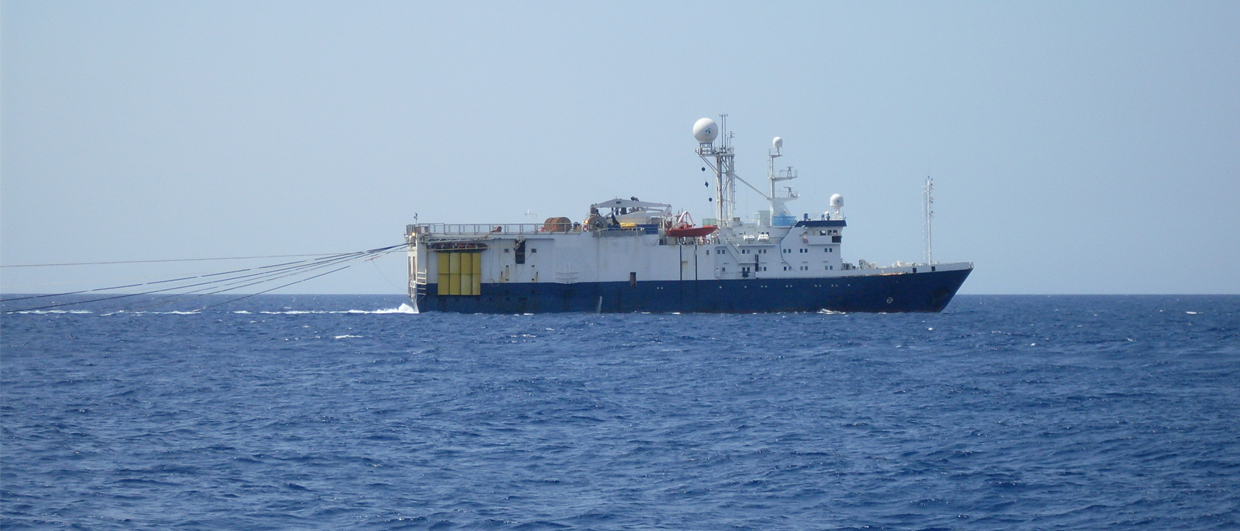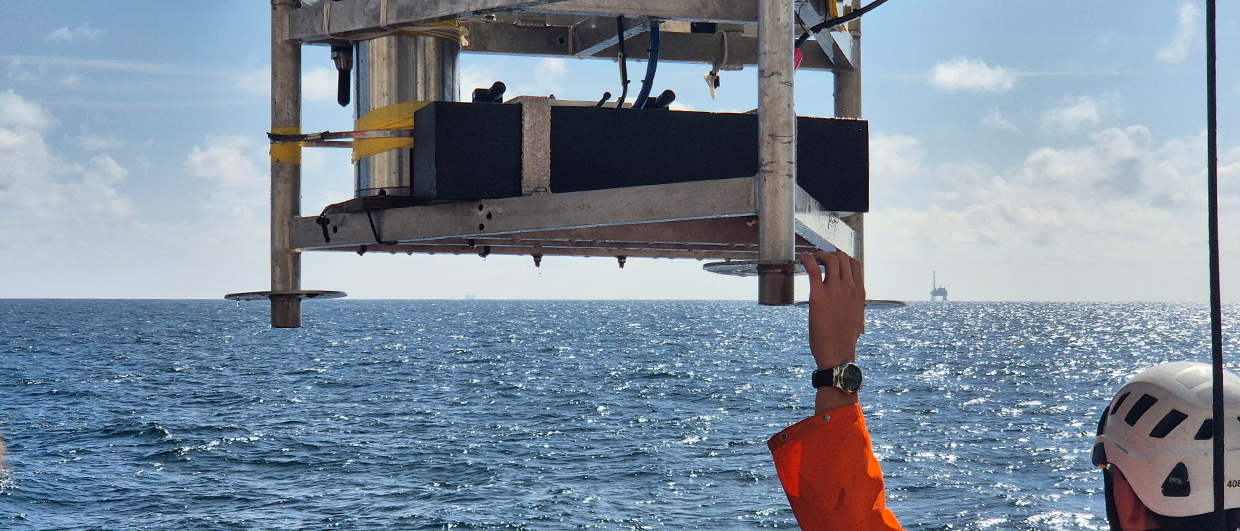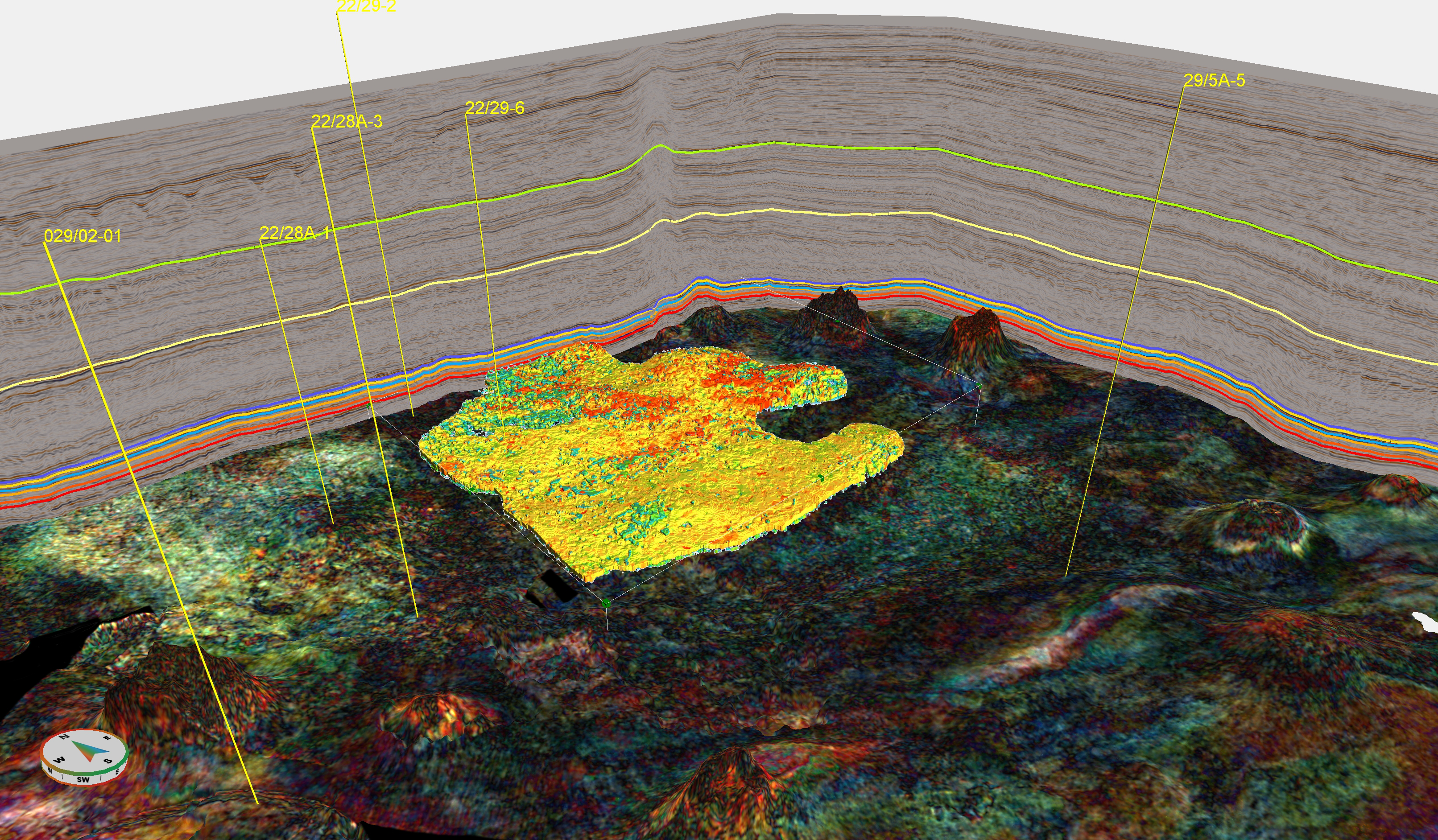Over the past two years TNO and the BGS collaboratively executed a regional cross-border study focusing on the stratigraphy, source-rock potential and structural evolution of the Lower Carboniferous of the Southern and Central North Sea.

On March 15th, the Paleo Five Project reached a new milestone with the delivery of a data- and results-rich report that sheds new lights on long-existing questions and uncertainties regarding the Carboniferous.
For example: 1) Do onshore source-rock intervals, such as the Scremerston Member, the Geverik Formation or the West Lothian Oil-shale Formation, extend into the offshore? 2) Can we establish a chronostratigraphic framework of the Lower Carboniferous across the five countries?
Rich dataset from a complex area
Addressing the cross-border aspect of the Lower Carboniferous is perhaps the most important contribution of the study for the E&P community.
As much as is known from the UK sector, including the world-class outcrops on the English and Scottish coasts, little is known of the Norwegian, Danish, German and Dutch offshore sectors.
To connect the dots across the borders, a rich dataset was generated and compiled from outcrops and subsurface data, including well logs, cores, cuttings and seismic data, the latter partly provided by in-kind sponsors.
The newly acquired dataset, including sedimentological, palynological and organic geochemical data, was combined and integrated with interpretations of long (up to 800 km) cross-border seismic transects.
Throughout the large study area, 19 regions were identified that have locally consistent stratigraphic successions.
The complex stratigraphy was synchronized across those 19 regions, defining seven genetically related stratigraphic units, which were used to describe and illustrate the regional geological and paleogeographical development across the five countries.
A journey through time and cooperation
Studying the Carboniferous of the North Sea area is an amazing experience. A time and place where continental plates collided and separated, continents rapidly moved northward, partly accounting for drastic climate change, and where landscapes changed in organized and predictive manners.
The beautiful coastal exposures between Edinburgh and Newcastle were studied in this project and reveal the entire Upper Devonian to Namurian succession with almost all of the lithologies and depositional environments that are to be expected offshore encountered.

From the red and white fluvial sandstones of the Tournaisian, representing semi-arid conditions, to the massive channel belt and incised valley systems of the Fell Sandstone Formation to the Scremerston and Yoredale cycles with intermittent marine incursions punctuated with limestone beds full of spectacular corals, the coastal outcrops provided an incredible natural laboratory.
The TNO/BGS research team led two field excursions in 2019 for more than 40 industry colleagues, complementing the regular knowledge exchange approach deployed throughout the project.
With the support of 16 industry partners, the Paleo-Five Project has not only been very successful in terms of research output but also constitutes a template for multi-sponsored integrated studies, forming the seed for future Paleozoic research in the North Sea.
This project will result in a number of scientific publications over the near future. For more information contact Friso Veenstra at friso.veenstra@tno.nl.
TEXT BY
Friso Veenstra
International Development
Geological Survey of the Netherlands





